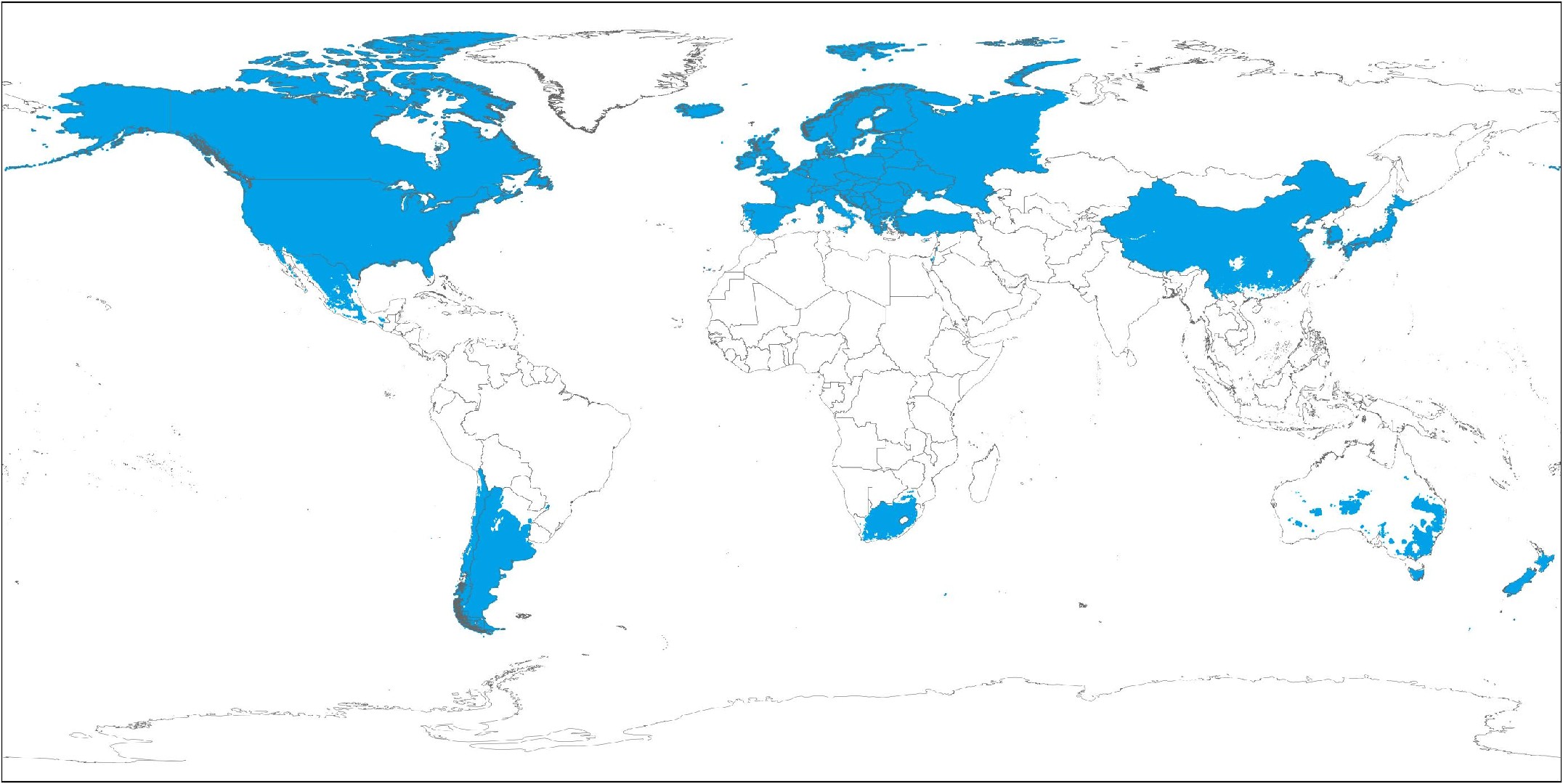What is the best way to water my Dwarf ylang-ylang?
Your Dwarf ylang-ylang will not be too picky about how you choose to water it. As such, you can use just about any common watering tool to moisten this plant’s soil. Watering cans, hoses, and even cups will work just fine when it is time to water your Dwarf ylang-ylang. Regardless of which watering tool you use, you should typically apply the water directly to the soil. In doing so, you should ensure that you moisten all soil areas equally to give all parts of the root system the water it needs. It can help to use filtered water, as tap water can contain particles that are harmful to plants. It is also beneficial to use water that is at or slightly above room temperature, as colder or hotter water can be somewhat shocking to the Dwarf ylang-ylang. However, the Dwarf ylang-ylang usually responds well to any kind of water you give it.
![more]()
What should I do if I water my Dwarf ylang-ylang too much or too little?
For outdoor plants, especially newly planted plants or plant seedlings, they can be prone to lack of watering. Remember that you need to keep watering enough for a few months when the tree is small or just planted. This is because once the roots are established, Dwarf ylang-ylang can rely on rain most of the time. When your Dwarf ylang-ylang is planted in pots, overwatering is often more likely to.When you accidentally overwater your Dwarf ylang-ylang, you should be prepared to remedy the situation immediately. First, you should stop watering your plant right away to minimize the effect of your overwatering. After, you should consider removing your Dwarf ylang-ylang from its pot to inspect its roots. If you find that none of the roots have developed root rot, it may be permissible to return your plant to its container. If you do discover signs of root rot, then you should trim away any roots that have been affected. You may also want to apply a fungicide to prevent further damage. Lastly, you should repot your Dwarf ylang-ylang in soil that is well-draining. In the case of an underwatered Dwarf ylang-ylang, simply water this plant more frequently. Underwatering is often an easy fix. If you underwater, the plant's leaves will tend to droop and dry out and fall off, and the leaves will quickly return to fullness after sufficient watering. Please correct your watering frequency as soon as underwatering occurs.
![more]()
How often should I water my Dwarf ylang-ylang?
Most plants that grow naturally outdoors can be allowed to grow normally with rainfall. If your area lacks rainfall, consider giving your plants adequate watering every 2 weeks during the spring and fall. More frequent watering is needed in summer. In winter, when growth becomes slower and plants need less water, water more sparingly. Throughout the winter, you may not give it additional watering at all. If your Dwarf ylang-ylang is young or newly planted, then you should water more frequently to help it establish, and mature and grow up to have more adaptable and drought tolerant plants. For potted plants, there are two main ways that you can determine how often to water your Dwarf ylang-ylang. The first way is to set a predetermined watering schedule. If you choose this route, you should plan to water this plant about once every week or once every other week. However, this approach may not always work as it does not consider the unique conditions of the growing environment for your Dwarf ylang-ylang . Your watering frequency can also change depending on the season. For instance, a predetermined watering schedule will likely not suffice during summer when this plant's water needs are highest. An alternative route is to set your watering frequency based on soil moisture. Typically, it is best to wait until the first two to four inches of soil, usually ⅓ to ½ depth of the pots, have dried out entirely before you give more water.
![more]()
How much water does my Dwarf ylang-ylang need?
When it comes time to water your Dwarf ylang-ylang, you may be surprised to find that this plant does not always need a high volume of water. Instead, if only a few inches of soil have dried since your last watering, you can support healthy growth in the Dwarf ylang-ylang by giving it about five to ten ounces of water every time you water. You can also decide your water volume based on soil moisture. As mentioned above, you should note how many inches of soil have dried out between waterings. A surefire way to make sure your Dwarf ylang-ylang gets the moisture it needs is to supply enough water to moisten all the soil layers that became dry since the last time you watered. If more than half of the soil has become dry, you should consider giving more water than usual. In those cases, continue adding water until you see excess water draining from your pot’s drainage holes. If your Dwarf ylang-ylang is planted in an area that gets plenty of rain outdoors, it may not need additional watering. When the Dwarf ylang-ylang is young or just getting established, make sure it gets 1-2 inches of rain per week. As it continues to grow and establish, it can survive entirely on rainwater and only when the weather is hot and there is no rainfall at all for 2-3 weeks, then consider giving your Dwarf ylang-ylang a full watering to prevent them from suffering stress.
![more]()
How can I tell if i'm watering my Dwarf ylang-ylang enough?
Overwatering is a far more common problem for the Dwarf ylang-ylang, and there are several signs you should look for when this occurs. Generally, an overwatered Dwarf ylang-ylang will have yellowing leaves and may even drop some leaves. Also, overwatering can cause the overall structure of your plant to shrivel and may also promote root rot. On the other hand, an underwatered Dwarf ylang-ylang will also begin to wilt. It may also display leaves that are brown or brittle to the touch. Whether you see signs of overwatering or underwatering, you should be prepared to intervene and restore the health of your Dwarf ylang-ylang.
![more]()
How can I water my Dwarf ylang-ylang at different growth stages?
When the Dwarf ylang-ylang is very young, such as when it is in a seedling stage, you will need to give it more water than you would if it were at a mature age. During the early stages of this plant’s life, it is important to keep the soil consistently moist to encourage root development. The same is true for any Dwarf ylang-ylang that you have transplanted to a new growing location. Also, the Dwarf ylang-ylang can develop showy flowers and fruits when you give them the correct care. If your Dwarf ylang-ylang is in a flowering or fruiting phase, you will likely need to give a bit more water than you usually would to support these plant structures.
![more]()
How can I water my Dwarf ylang-ylang through the seasons?
The seasonal changes will affect how often you water your Dwarf ylang-ylang. Mainly, during the hottest summer months, you will likely need to increase how much you water this plant, especially if it grows in an area that receives ample sunlight. Strong summer sunlight can cause soil to dry out much faster than usual, meaning that you’ll need to water more frequently. By contrast, your Dwarf ylang-ylang will need much less water during the winter, as it will not be in an active growing phase. During winter, you can get by with watering once every 2 to 3 weeks or sometimes not at all. For those growing this plant indoors, you should be somewhat wary of appliances such as air conditioners, which can cause your plant to dry out more quickly, which also calls for more frequent watering.
![more]()
What's the difference between watering my Dwarf ylang-ylang indoors vs outdoors?
In some cases, your Dwarf ylang-ylang may not need any supplemental watering when it grows outside and will survive on rainwater alone. However, if you live in an area of little to no rain, you should water this plant about every two weeks. If you belong to the group of people who live out of this plant's natural hardiness zone, you should grow it indoors. In an indoor setting, you should monitor your plant's soil as it can dry out more quickly when it is in a container or when it is exposed to HVAC units such as air conditioners. Those drying factors will lead you to water this plant a bit more often than if you grew it outdoors.
![more]()
Is pruning necessary for my Dwarf ylang-ylang?
Before your Dwarf ylang-ylang hedge begins taking over the sidewalk, or your hanging basket Dwarf ylang-ylang start to look scraggly, it is a good idea to think about pruning. Without proper maintenance, Dwarf ylang-ylang may grow rapidly and uncontrollably, crowding out other plants. If you decide to include Dwarf ylang-ylang in your garden or landscaping plan, you should monitor its growth carefully and have a plan for pruning. Pruning is as important for Dwarf ylang-ylang as it is for any other ornamental plant species that you may choose to grow in your garden. If you prune this plant properly, you can enhance its overall health while preserving its most showy ornamental features. With that said, you cannot expect to reap those benefits if you don’t know when and how to prune this species. In fact, improper pruning can cause you to remove the season’s blooms, detracting significantly from the Dwarf ylang-ylang’s beauty. Even if you live in a cooler area or only plan to grow Dwarf ylang-ylang in pots or hanging baskets, regular pruning can encourage blooming and keep your plants healthy and vigorous.
![more]()
When is the best time to prune my Dwarf ylang-ylang?
To control growth and manage the size and shape of your plants, the time to prune varies according to the climate. In tropical zones, where there is no danger of frost, experts recommend pruning Dwarf ylang-ylang right after the summer growing season. This allows the plant to rest and begin producing new growth. In temperate zones, the recommended time to prune the plant overall is early spring, after the winter and any frost, but prior to the summer blooming season. Avoid pruning in late fall unless you are in a tropical zone as pruning can reduce cold weather hardiness. Additionally, you may want to trim the plants throughout the growing season to encourage blooming. You can also prune at any time if there is any yellowing or diseased foliage.
![more]()
How can I prune my Dwarf ylang-ylang?
For your major pruning, use sharp pruning sheers that will make clean cuts to avoid damaging your plants. Make each cut at a 45° angle to encourage healthy new growth. Remove any dead or decayed stems first, cutting them off just above the damaged section or cutting them completely to the ground. Next, consider the desired height and shape of your Dwarf ylang-ylang, and then prune accordingly. To control the size of your Dwarf ylang-ylang, you can cut back as much as a third of its height and girth . Late winter or early spring is the best time to do so. Finally, you may prefer to just trim off dead or damaged portions of the plant, including deadheading spent flowers, to keep it looking its best. This can be done at any time of year. Diseased or damaged stems should be cut right at the soil line and removed completely. Blooms should be cut off just below the flower head. Dwarf ylang-ylang is generally vigorous and will not be harmed by pruning. But take care if you live in an area where freezing is likely. If you cut back the stems down to the woody section shortly before a freeze, this can allow water to travel through the stem to the roots, where it may freeze and kill your Dwarf ylang-ylang.
![more]()
What should I do after pruning my Dwarf ylang-ylang?
Dwarf ylang-ylang is generally tolerant of limited water and may become mildewy with too much water. Right after pruning is a good time to water and fertilizer though, to encourage new growth and blooming. However, care needs to be taken to avoid wounded areas when watering to avoid fungal infestation of the plant through fresh wounds. When you are ready to dispose of sections of the plant that you removed during pruning, there are two important things to keep in mind. Dwarf ylang-ylang leaves or branches found to be diseased need to be trimmed off and destroyed away from the plant. Do not use it as compost material. Wherever you dispose of the trimmings, remember that Dwarf ylang-ylang roots and spreads easily. Be careful that your trimmings do not inadvertently produce new, unwanted Dwarf ylang-ylang.
![more]()
What are some tips for pruning my Dwarf ylang-ylang?
From hedges to containers, in any landscape or garden, annual pruning and regular trims can encourage Dwarf ylang-ylang produce beautiful blooms and remain healthy for many years. For your major pruning, use sharp pruning sheers that will make clean cuts to avoid damaging your plants. Make each cut at a 45° angle to encourage healthy new growth. As you are pruning your Dwarf ylang-ylang, step back occasionally to check the appearance of the plant to make sure it has the shape you want and that you are pruning it symmetrically. Try not to prune heavily at flowering time, just the dried flowers need to be pruned back as this will affect flowering. A useful approach is to remove only the longer branches and sucker shoots, leaving the blooms closer to the primary stems intact. Finally, as you prune, be on the lookout for mold or mildew. Dwarf ylang-ylang is susceptible to fungal or bacterial and you will want to address this problem, removing molded or fungal(bacterial) sections to avoid further damage to your Dwarf ylang-ylang.
![more]()
How many hours of sunlight does Dwarf ylang-ylang need per day?
Dwarf ylang-ylang needs a lot of indirect, filtered, or dappled light when grown indoors, so they should be kept in a sunny location all day. Of course, the number of daylight hours that occur naturally can vary depending on the season, but a good rule of thumb is a minimum of 6 hours, including up to 3-6 hours of direct sunlight per day. Even many hours of indirect sun will not hurt Dwarf ylang-ylang; it is only direct sun that you need to be careful about.
![more]()
What type of sunlight does Dwarf ylang-ylang need?
Dwarf ylang-ylang in the wild get a lot of sunlight throughout the whole day. The sunlight is dappled and mostly indirect since it is filtered through the leafy canopy of tall trees growing above. When grown indoors, Dwarf ylang-ylang should be provided with bright indirect light in a sunny windowsill or via grow lights.
![more]()
Does Dwarf ylang-ylang need to avoid sun exposure?
Dwarf ylang-ylang does not need to avoid sun exposure completely, but the type of sunlight should be appropriate. They should not be exposed to more than 6 hours of direct sun each day. Direct sun means that the sunlight is hitting the plant directly. Indirect light could be reflected off other objects near the plant, or could be direct sun that is filtered by something such as a sheer curtain. So Dwarf ylang-ylang should be protected from excessive direct sun.
![more]()
How should I protect Dwarf ylang-ylang from sun and heat damage?
Sunlight can hurt Dwarf ylang-ylang that are not adapted to growing in direct sun. There are several ways to protect Dwarf ylang-ylang from bright sunlight. First, choose a location that gets indirect light for most of the day. If the location is too bright, move the plant farther into the room away from the window. Or, you can cover the window with a light curtain or blinds. Any of these methods protect your Dwarf ylang-ylang from both sun scorching and excessive heat from the sun.
![more]()
What happens to Dwarf ylang-ylang if it gets too much sunlight?
Too much direct sunlight will scorch the plant’s leaves, especially the upper leaves which are hit with the majority of the sun’s rays. Scorched spots on the leaves look brown and dry. Entire leaves may also wilt and turn brown. Being grown in full sun can cause the soil to dry out too quickly. In extreme cases, too much sun could kill the plant.
![more]()
What happens to Dwarf ylang-ylang if it receives insufficient sunlight?
Without enough sunlight, Dwarf ylang-ylang become etiolated (tall and stretched out) and lose color in their leaves. Over time, the plant is not able to generate enough energy through photosynthesis to support its continued survival, and will die if it is kept in a dark location.
![more]()
Does Dwarf ylang-ylang need special attention to sunlight during different growth stages?
Dwarf ylang-ylang should get bright indirect light regardless of their growth stage. If anything, consistency in lighting conditions will get you the best results. Once you’ve found a location where your plants are happy, it is best not to move them. However, you should monitor the location and move plants if sunlight gets too intense during summer or becomes too dark in winter. The amount of light can affect other elements of plant care as well, particularly temperature and watering frequency. More sunlight and heat will cause water to evaporate from the soil faster, meaning you would need to water more often. Less sunlight also usually means less watering, and usually cooler temperatures. This can lead to disease or pests. Finally, be careful when moving Dwarf ylang-ylang from a shady location to a sunny one, such as moving plants to spend the summer outside. Dwarf ylang-ylang can easily get sunburned if they are moved suddenly from a location with little-to-no direct sun to a spot that gets a lot of bright light. Make this kind of move gradually, starting with just 1 to 2 hours in the new location per day and gradually increasing the time. This method allows the plant to adjust to the increased light levels without getting scorched.
![more]()
How much light does Dwarf ylang-ylang need for photosynthesis?
Even the smallest amount of sunlight triggers the process of photosynthesis in plants. However, the amount of energy produced through that process needs to be enough to support the plant’s current survival and continued growth. Without plenty of sunlight, the plant will essentially starve because it doesn’t have what it needs to create energy.
![more]()
What is the optimal temperature for Dwarf ylang-ylang?
For this tropical plant to thrive, you’ll want to keep them between 75℉ and 90℉ (25-32℃). Each species can handle temperatures outside of this range, but keeping it within several degrees of these limits will ensure they grow to their maximum potential. As for its extreme temperature limits, any environment below 50℉ (10℃) or above 95℉ (35℃) will begin to hinder its growth and cause various aberrations to its leaves and stems. This is especially true with low temperatures; even a light frost can cause your tropical plants to perish. Cellular death can begin to happen at a rapid pace, with some species dying in as little as 12 to 24 hours.
![more]()
Does Dwarf ylang-ylang require different temperatures for different growing phases?
While Dwarf ylang-ylang doesn’t require any changes in temperature to enter different growing phases, it is important to stay consistent. Wild temperature fluctuations can slow down its growth regardless of its current phase, so it's always better to keep them in a controlled environment. That optimal temperature range of 75℉ and 90℉ (25-32℃) is vital to maintain, especially staying above the lower limit. Going above 90℉(32℃) isn’t ideal, but as tropical plant it won’t suffer too much. On the other hand, going below 50℉ (10℃) (and especially 40℉/5℃) will begin to directly damage this heat-loving plant species.
![more]()
Does Dwarf ylang-ylang need different temperatures for different seasons?
Dwarf ylang-ylang does not need different temperatures for different growing seasons. The most important step in seasonal care is to keep the environment within the optimal temperature range. That's why it's always best to keep this plant indoors. That way, you can control the temperature no matter what the climate is like outside. Light is also important for tropical species, with all of these plants preferring a partial side level of sun exposure. This means any light they receive needs to be dappled or filtered, with bright but indirect light being the best option when growing your plants indoors. Too much direct sunlight can negatively affect your plant’s leaves, reducing its growth potential.
![more]()
What are the temperature guidelines to keep your Dwarf ylang-ylang healthy?
Tip #1: Don’t Leave Your Plant Near Windows in Colder Months If you want to make sure your plant isn’t exposed to colder temperatures, you may want to keep them away from windows. In colder months like late fall and winter, even the smallest draft can leak cold air into your home through cracks in your windows. While this air usually dissipates and warms up as it travels throughout your home, any plants placed in close proximity to the window will be affected. Move your tropical plants into an area where they will still get bright but indirect light, while making sure they won’t be affected by potential drafts. Tip #2: If You Find Dry Patches, Your Plant May Be Getting Too Much Sunlight or Heat You may notice the leaves become white or even scorched on a sunny day. These discolorations and unusual markings usually indicate that a plant is getting too much heat or sunlight, and it may be dehydrated. Excess light and heat will dry out the soil, stopping plants from getting the moisture they need to support their cellular structure. It also slows down or stops the process of photosynthesis, further hindering growth. If ignored for too long, these dry spots can spread and eventually result in the death of your plants. Tip #3: Avoid Frost at All Costs Colder temperatures and frost can damage your plants by causing ice crystals or disrupt normal physiological activity. This makes it nearly impossible for water to move freely throughout plant tissue, creating a deficit of moisture in their stems and leaves. You can tell a plant has been damaged by frost if it begins to suffer from hydrosis (it will appear as though it's soaked with water.) If the problem persists, your plants may begin shriveling and turning a dark brown or black hue. After that, the plant will almost certainly die.
![more]()
What is the best way to maintain the right temperature for my Dwarf ylang-ylang?
The best way to maintain the right temperature range for Dwarf ylang-ylang is by keeping an eye on both the climate and humidity. You’ll want to try to keep each species in a room where you have access to climate control, keeping the heat in the temperature range best mimics its natural habitat. The humidity levels will also have a direct effect on temperature, so it's important to monitor these as well. You can artificially raise the humidity of your growing space by using a humidifier or lightly misting the leaves with water. If you intend to grow this species outside, you may find it difficult to maintain the right balance of temperature and humidity. If temperatures begin to drop or the air becomes too dry, your best option is to find room within your home and move your plant inside. An indoor growing space will allow you to control the climate more closely, helping your plant reach its full potential.
![more]()
Why do I need to fertilize my Dwarf ylang-ylang?
Fertilization is important to a Dwarf ylang-ylang overall health and well-being. With the proper supply of energy and nutrients, your Dwarf ylang-ylang will develop a healthy array of foliage while also producing a set of sturdy stems and branches. However, it is the flowers of a Dwarf ylang-ylang that are often most valuable to the gardeners who grow them. Fortunately, fertilization also helps this plant produce flowers that are large, vibrant, and long-lasting. The reason for this is that the right kind of fertilizer will make it much easier for your Dwarf ylang-ylang to transfer fuel from its roots through its stems to its flowers. Proper fertilization also keeps this plant's health in good general condition, making it better able to fight off diseases.
![more]()
When is the best time to fertilize my Dwarf ylang-ylang?
The main time of year when you should fertilize a Dwarf ylang-ylang is during the early spring when your plant is exiting its dormant phase and preparing to open its buds. Feeding at this time will give your Dwarf ylang-ylang plenty of available energy to use to support its overall growth and flower development, but this is not the only time that it is a good idea to feed this plant. An additional feeding at the end of the season during the fall months can also benefit this plant, although this second feeding does not need to be as large as the first one. Also, some gardeners choose to fertilize their Dwarf ylang-ylang while they are planting it, but this is not always necessary.
![more]()
When should I avoid fertilizing my Dwarf ylang-ylang?
As is the case for many plants, you do not need to fertilize your Dwarf ylang-ylang during the winter. In winter, a Dwarf ylang-ylang will be in a dormant phase, which means it does not need to gain much energy from the soil to develop new growth. Fertilizing during winter makes it much more likely that the negative outcomes of overfertilization will occur. The two main feeding times for a Dwarf ylang-ylang are during the early spring and the fall. That means that during most of the spring and summer, this plant will not need fertilizer. It is also wise to hold off on feedings if your plant is experiencing excessively hot or dry conditions for whatever reason.
![more]()
What type of fertilizer does my Dwarf ylang-ylang need?
While it is often alright to use a general-purpose fertilizer that has even ratios of nitrogen, phosphorus, and potassium, Dwarf ylang-ylang plants often do best when they receive a specific type of fertilizer. In most instances, the most important nutrients for a Dwarf ylang-ylang are nitrogen and phosphorus, which is why they should appear in higher volumes in the fertilizer you use compared to the potassium content. A fertilizer that has an N-P-K ratio of 10-10-8 or something similar should work well. However, it can also be beneficial to apply an organic material such as compost for at least one of your annual feedings. If you choose to use fertilizer, it is most common to use granular fertilizer for a Dwarf ylang-ylang.
![more]()
How do I fertilize my Dwarf ylang-ylang?
Applying fertilizer for your Dwarf ylang-ylang is a quite straightforward task that any gardener can perform, even those with minimal experience. To feed your Dwarf ylang-ylang with granular fertilizer, all you need to do is sprinkle the fertilizer on the soil. However, before you do so, make sure that you moisten the soil with water. Additionally, you can also amend your Dwarf ylang-ylang plant's soil by adding an organic material like compost or manure. If you want to incorporate one of those amendments into your soil, you should place some of the material on top of the soil. Then use a hand rake to gently work the material into the first few inches of soil without disturbing the roots.
![more]()
What happens if I fertilize my Dwarf ylang-ylang too much?
There are several negative outcomes that will occur if your regularly overfertilize your Dwarf ylang-ylang. First, when you give one of these plants too much fertilizer, you can expect to see leaf discoloration and perhaps some wilting. Excessive fertilization can also lead to fertilizer burn, which will dry out the roots, making them ineffective. However, the threats of overfertilization do not end there for the Dwarf ylang-ylang. If you feed one of these plants too much, it may show a lack of flowers or bloom with flowers that are a bit lackluster. Also, an overfertilized Dwarf ylang-ylang will be weaker overall, show stunted growth, and is more vulnerable to diseases and pest infestations.
![more]()










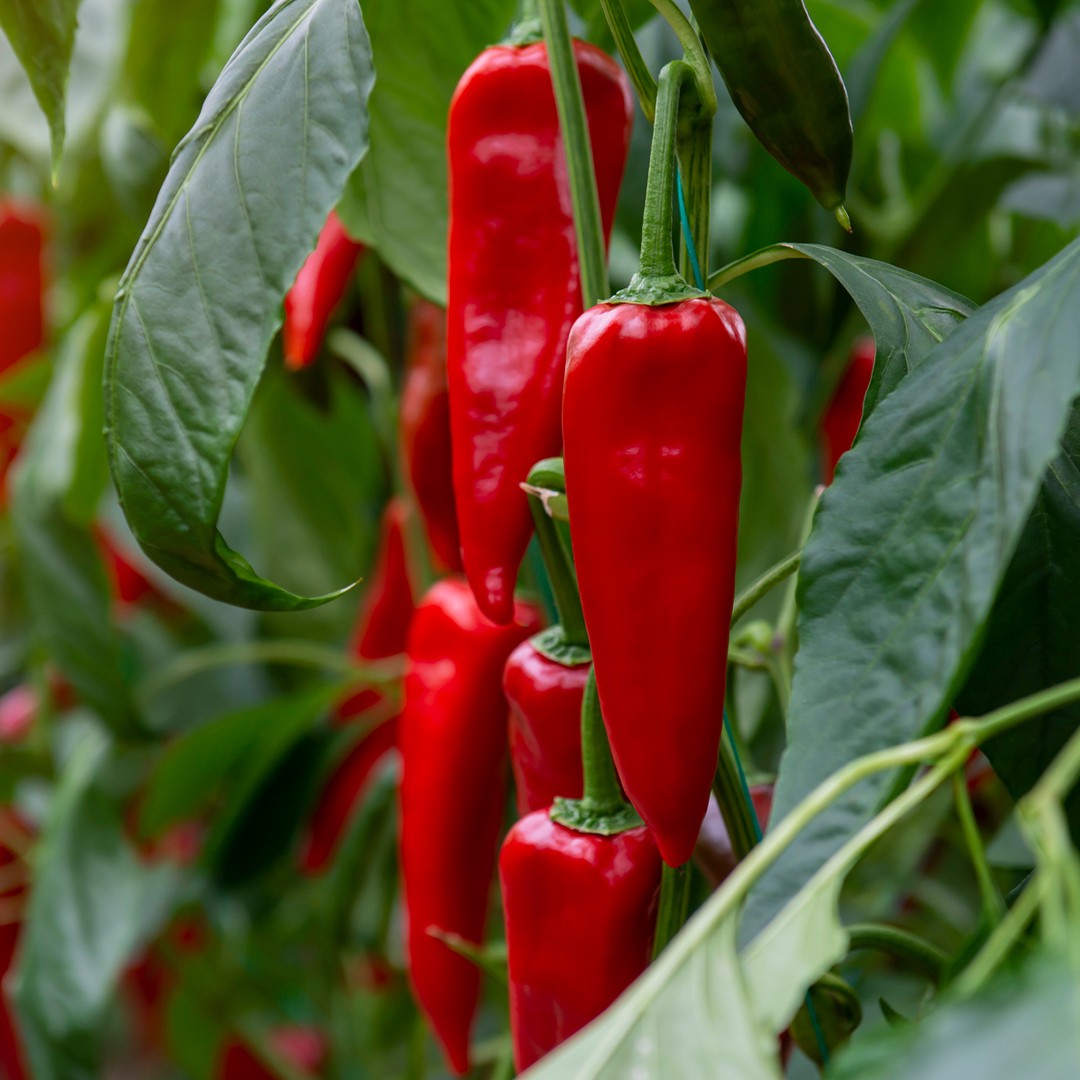
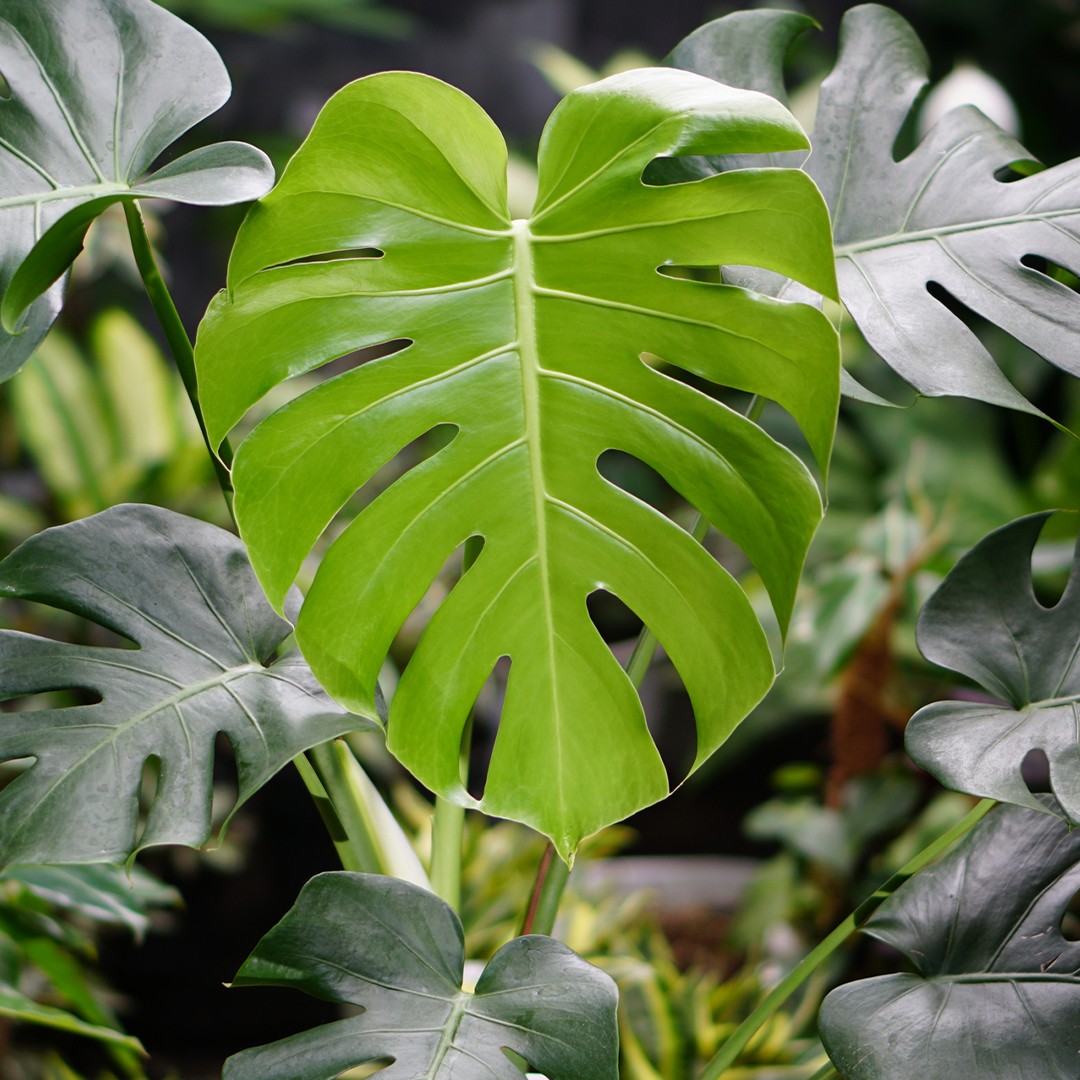
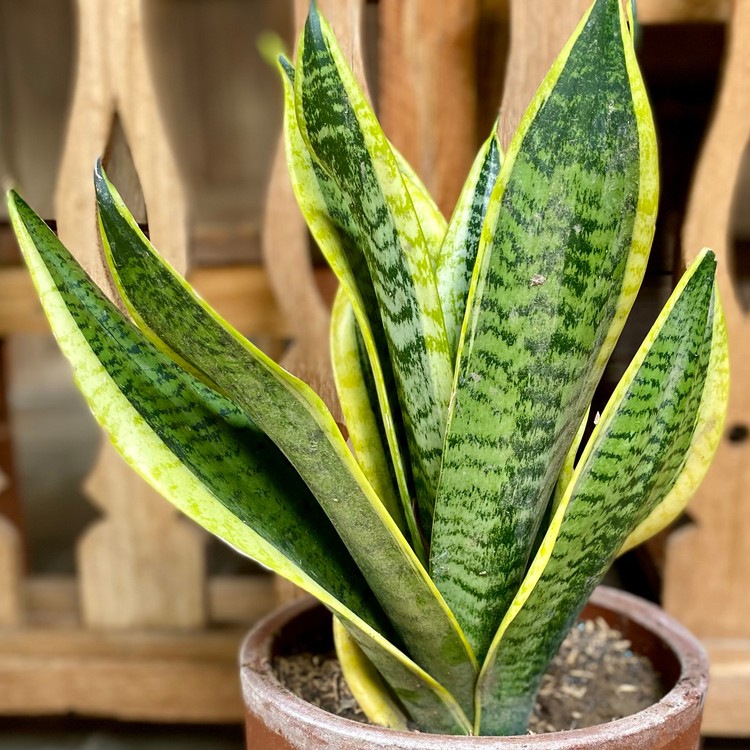
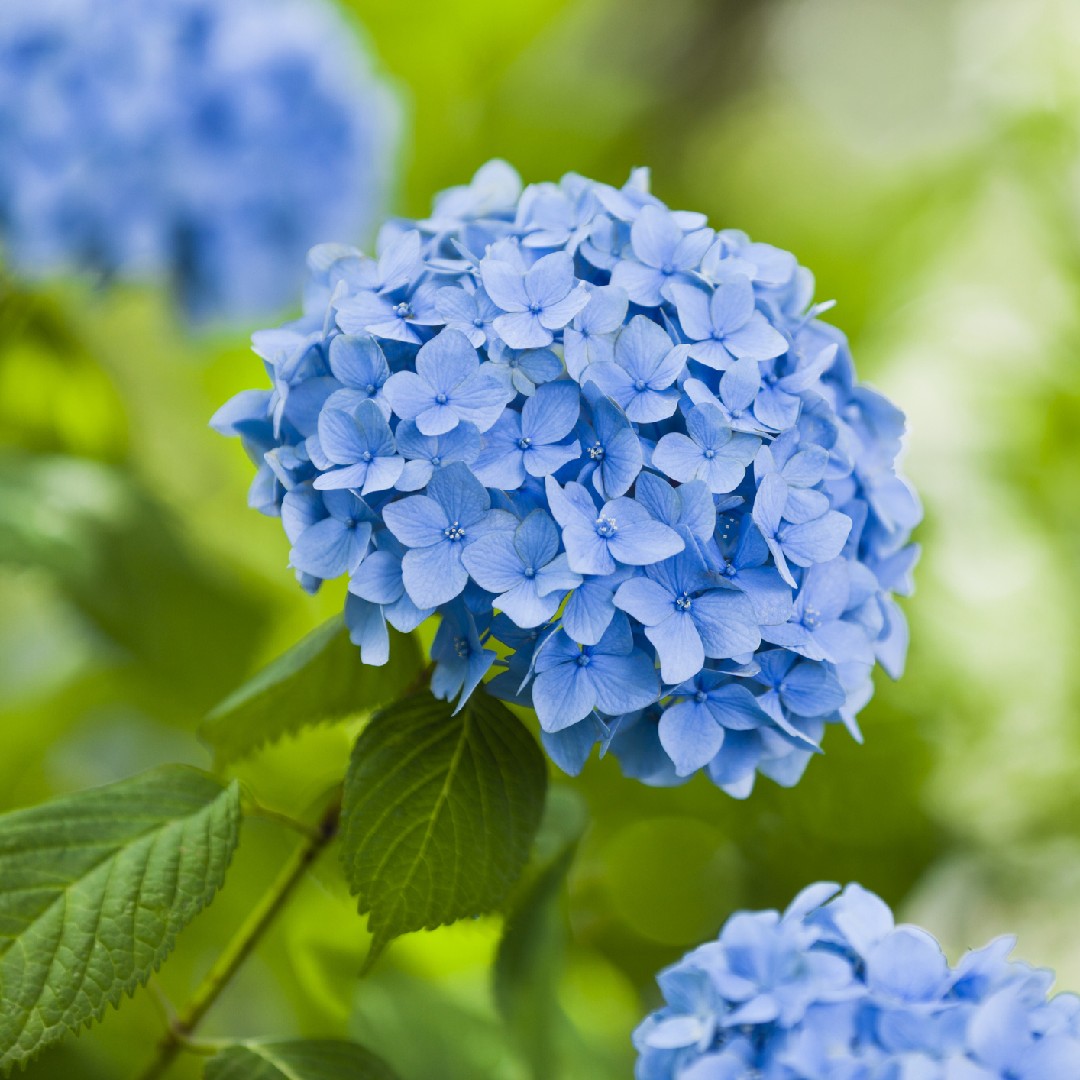
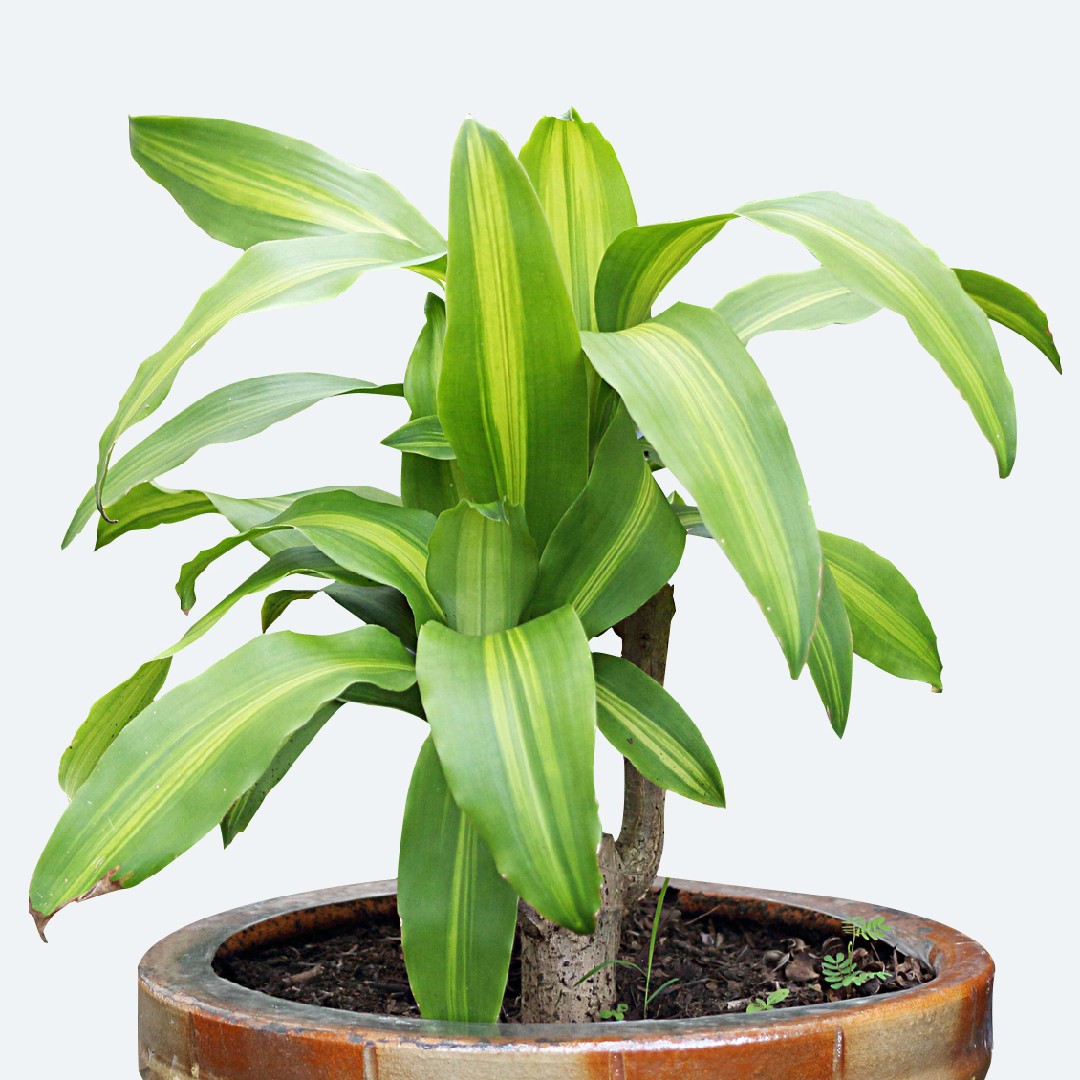
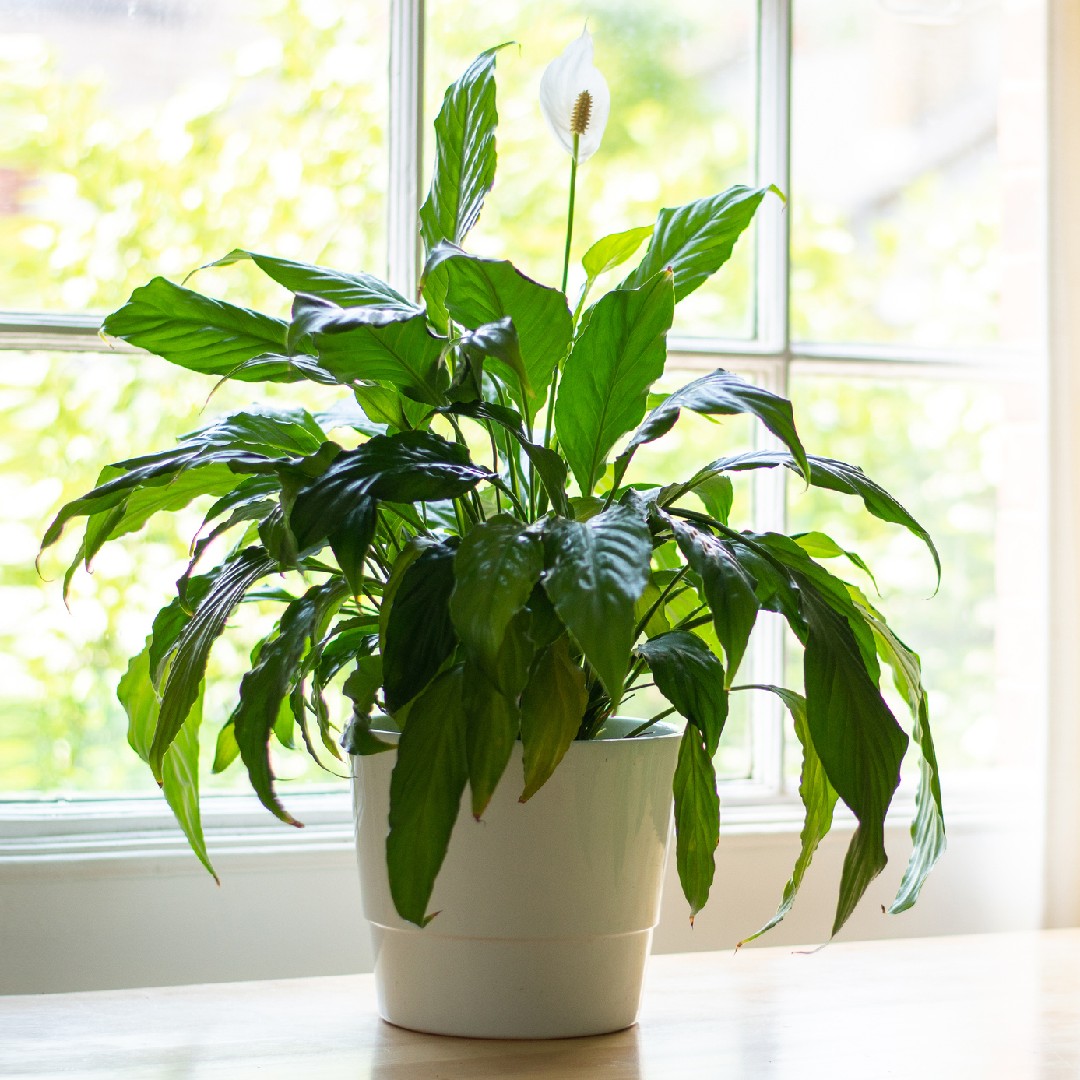







 Watch how sunlight gracefully moves through your garden, and choose spots that provide the perfect balance of light and shade for your plants, ensuring their happiness.
Watch how sunlight gracefully moves through your garden, and choose spots that provide the perfect balance of light and shade for your plants, ensuring their happiness. 








